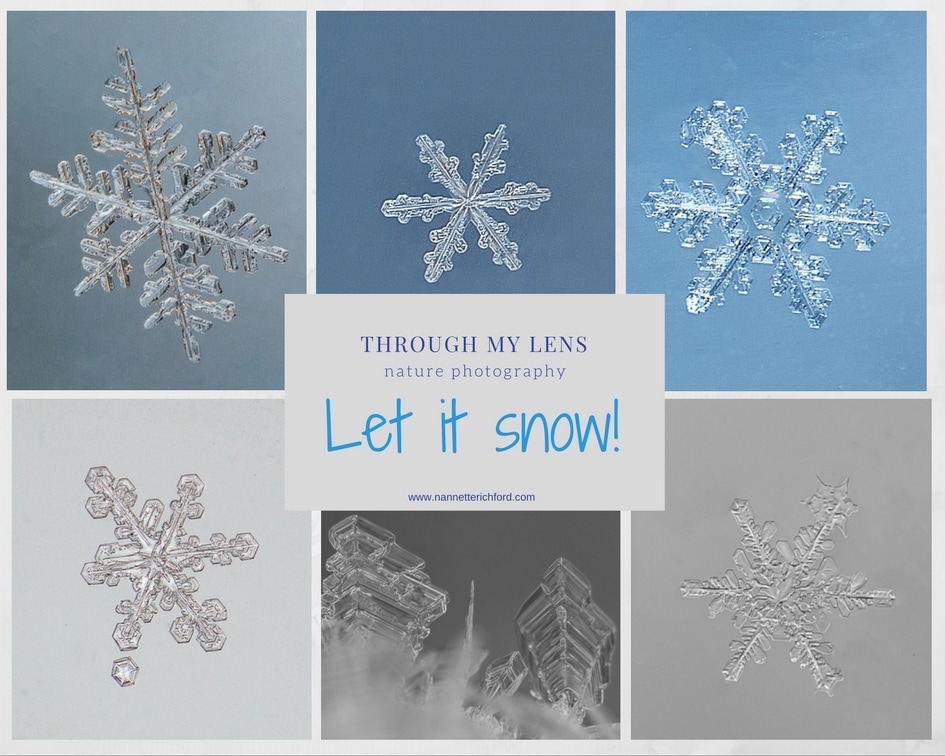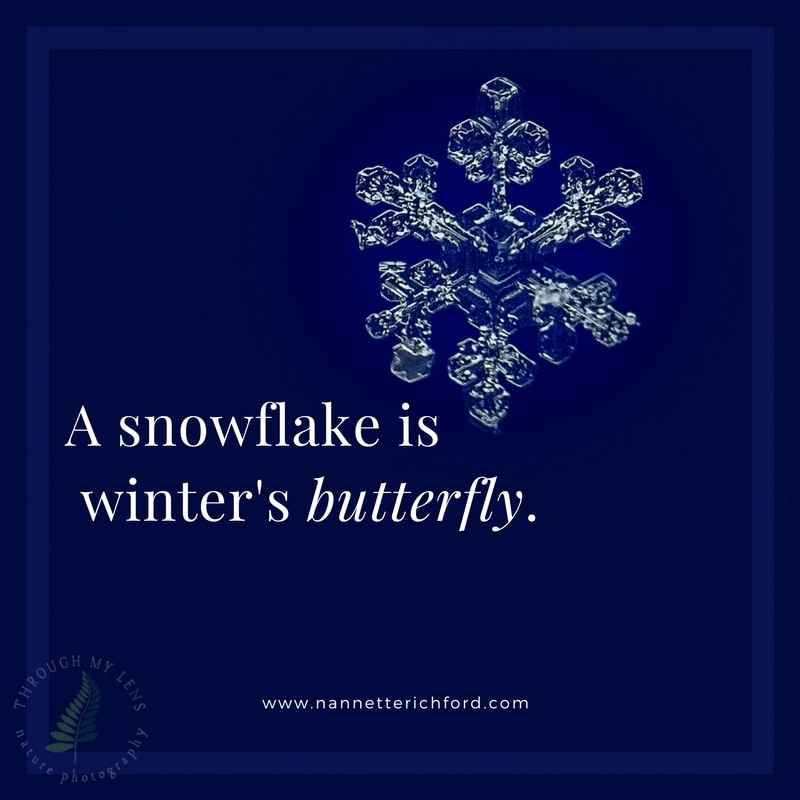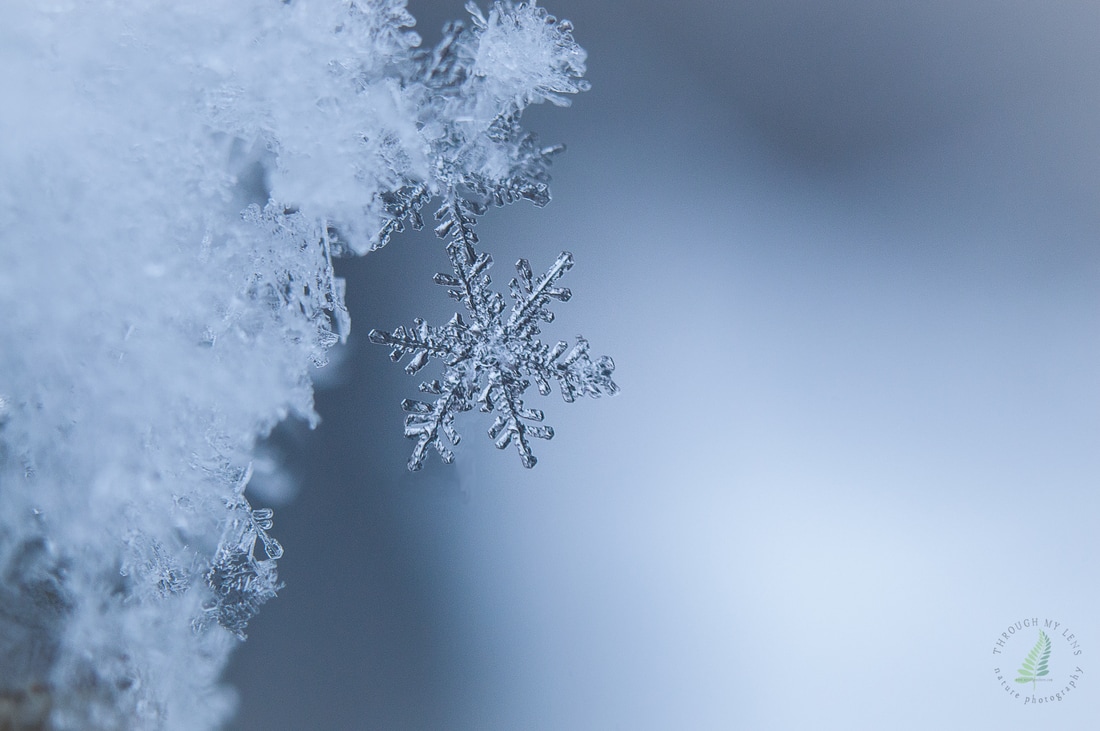Someone mentioned to me the other day that they were surprised that snowflakes are clear like ice. Well, there is a good reason for that. Snowflakes are ice crystals and aren't really white at all. Snow looks white because the the ice does not absorb any color of light rays and reflects them all equally, explains Snow Crystals. When light enters a pile of snow, it bounces around from flake to flake and reflects all the colors of light. Objects that reflect all the light rays appear white to the eye.
According to Professor Verlinde at Penn State University, there are approximately 5.2 quintillion (5,179,976,221,000,000,000) "pea-size" snowflakes in a snowstorm that deposits 5 inches of snow over a 2,000 square mile area. I'll let you do the math to determine how many snowflakes it takes to cover the State of Maine with 2 feet of snow.
If you are mathematically minded, we'd love to hear from you. Feel free to calculate it for us and leave your answer in the comments!



 RSS Feed
RSS Feed